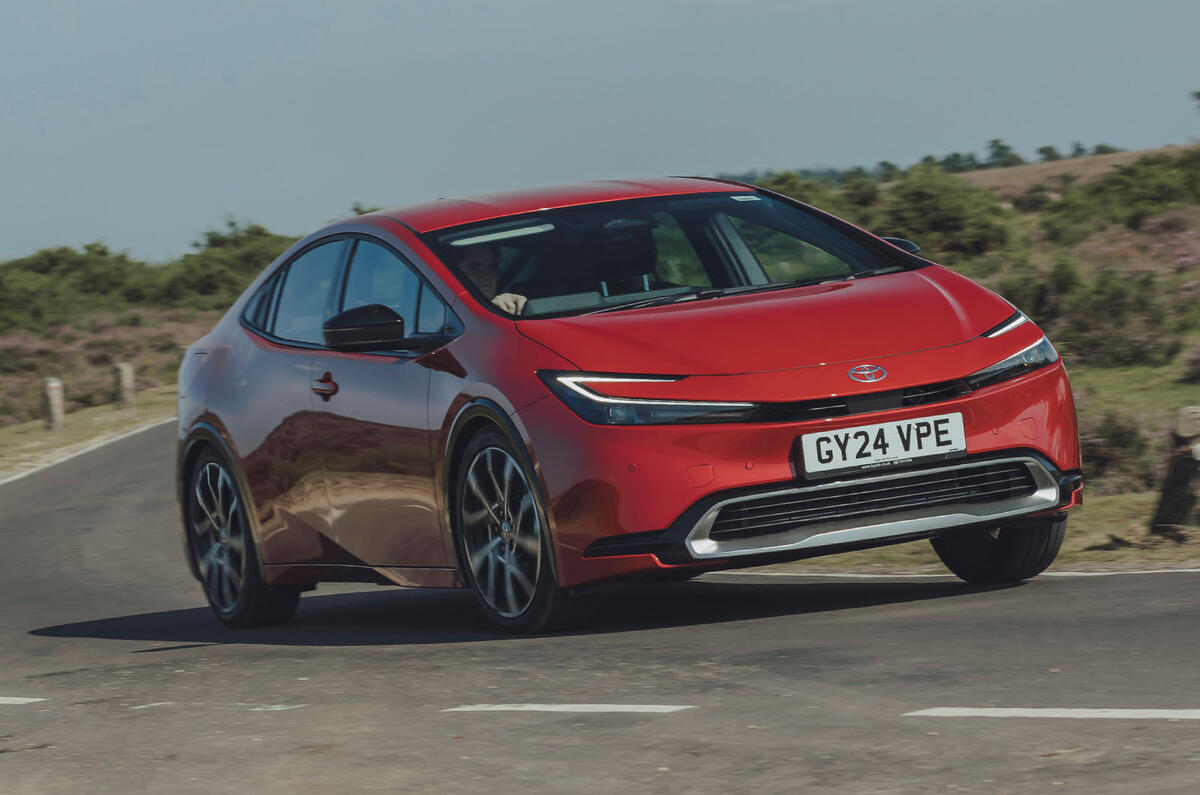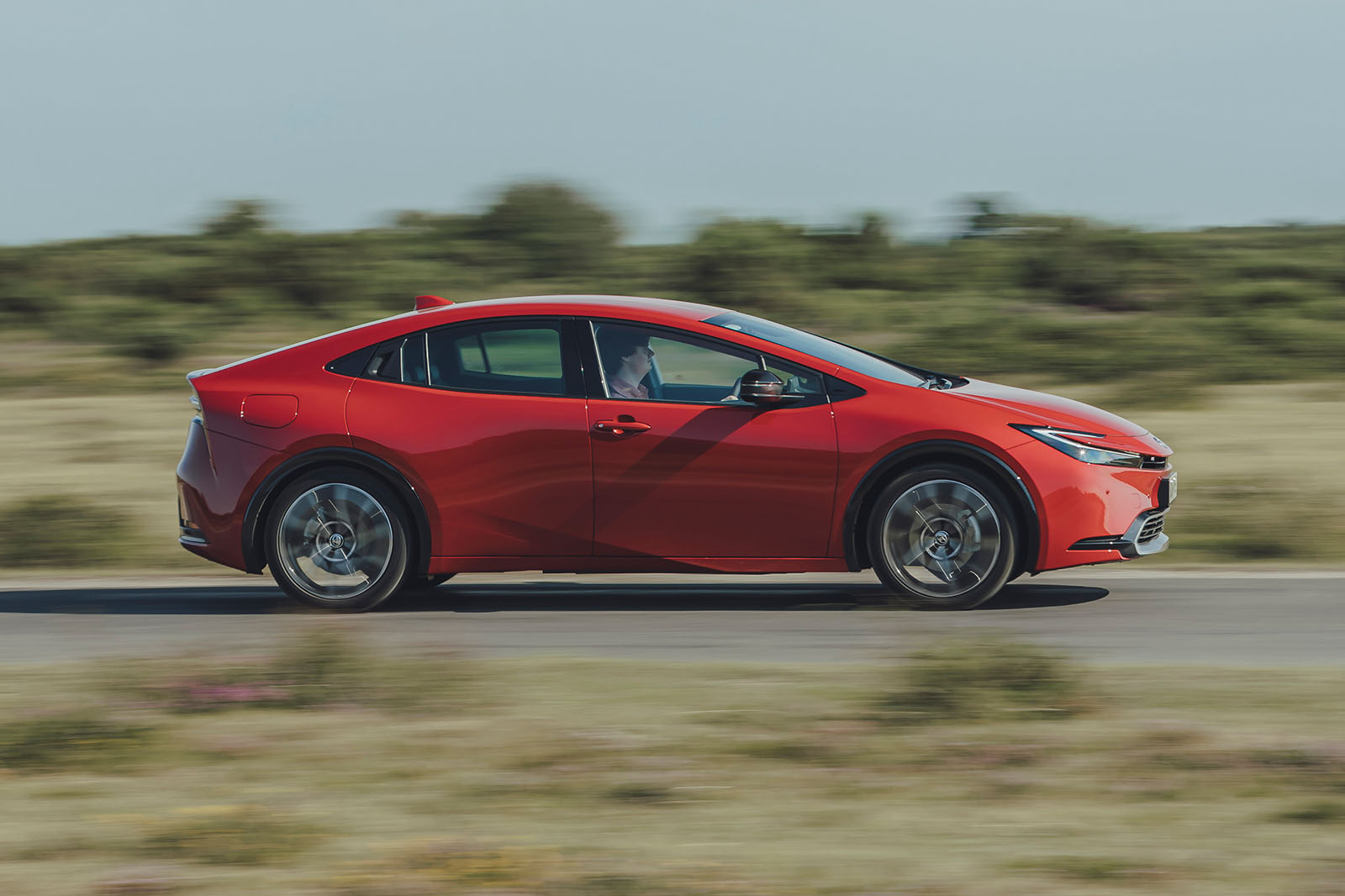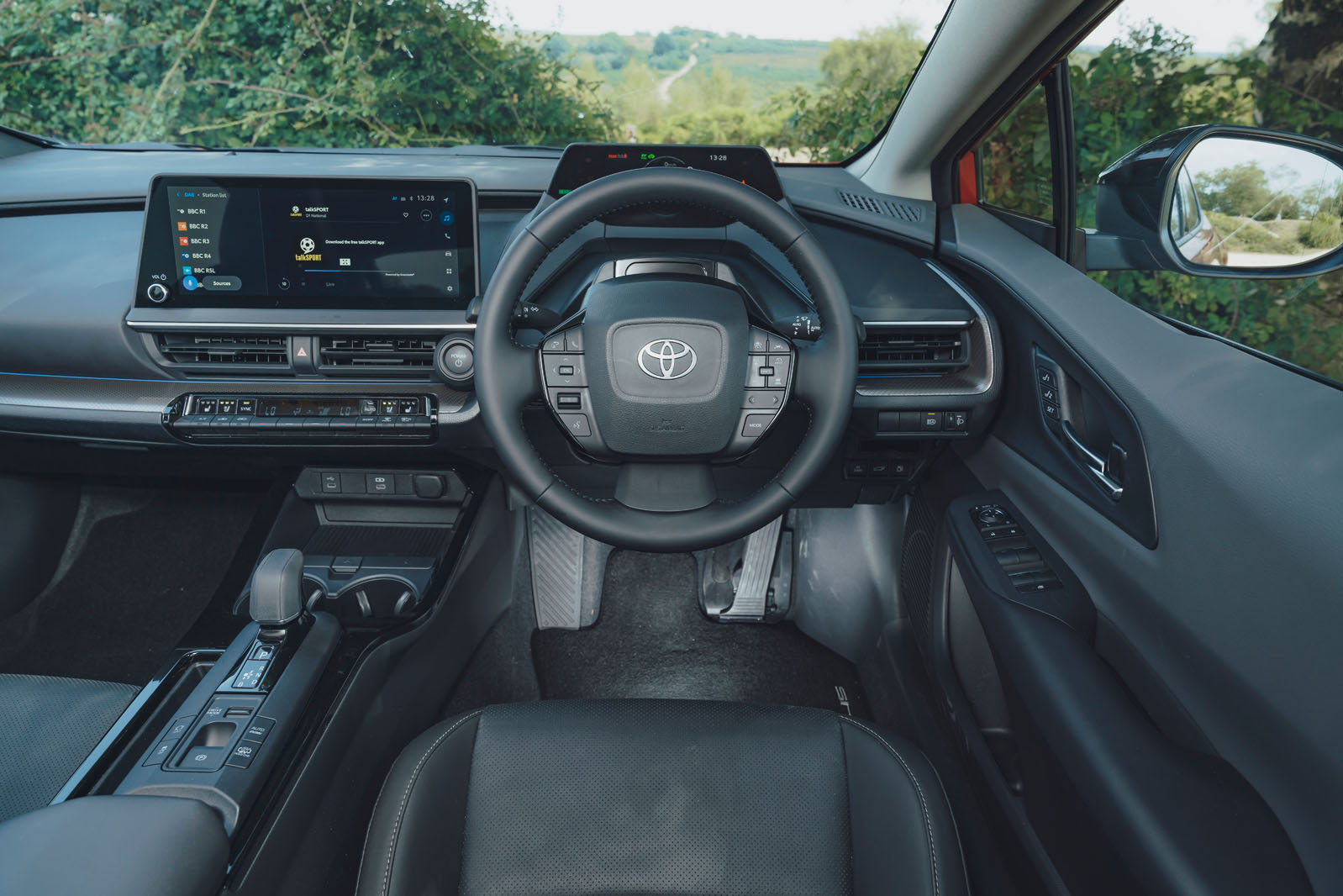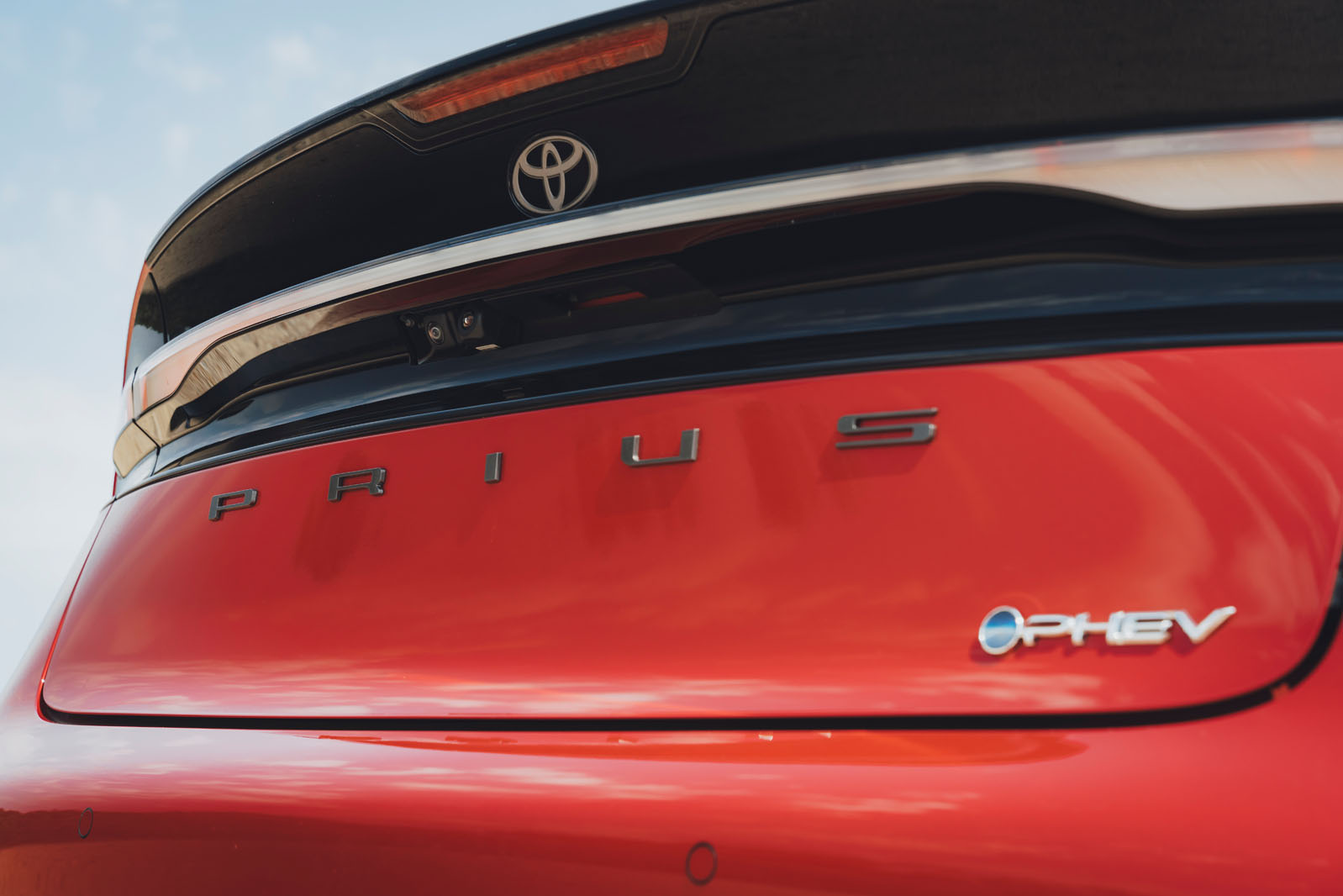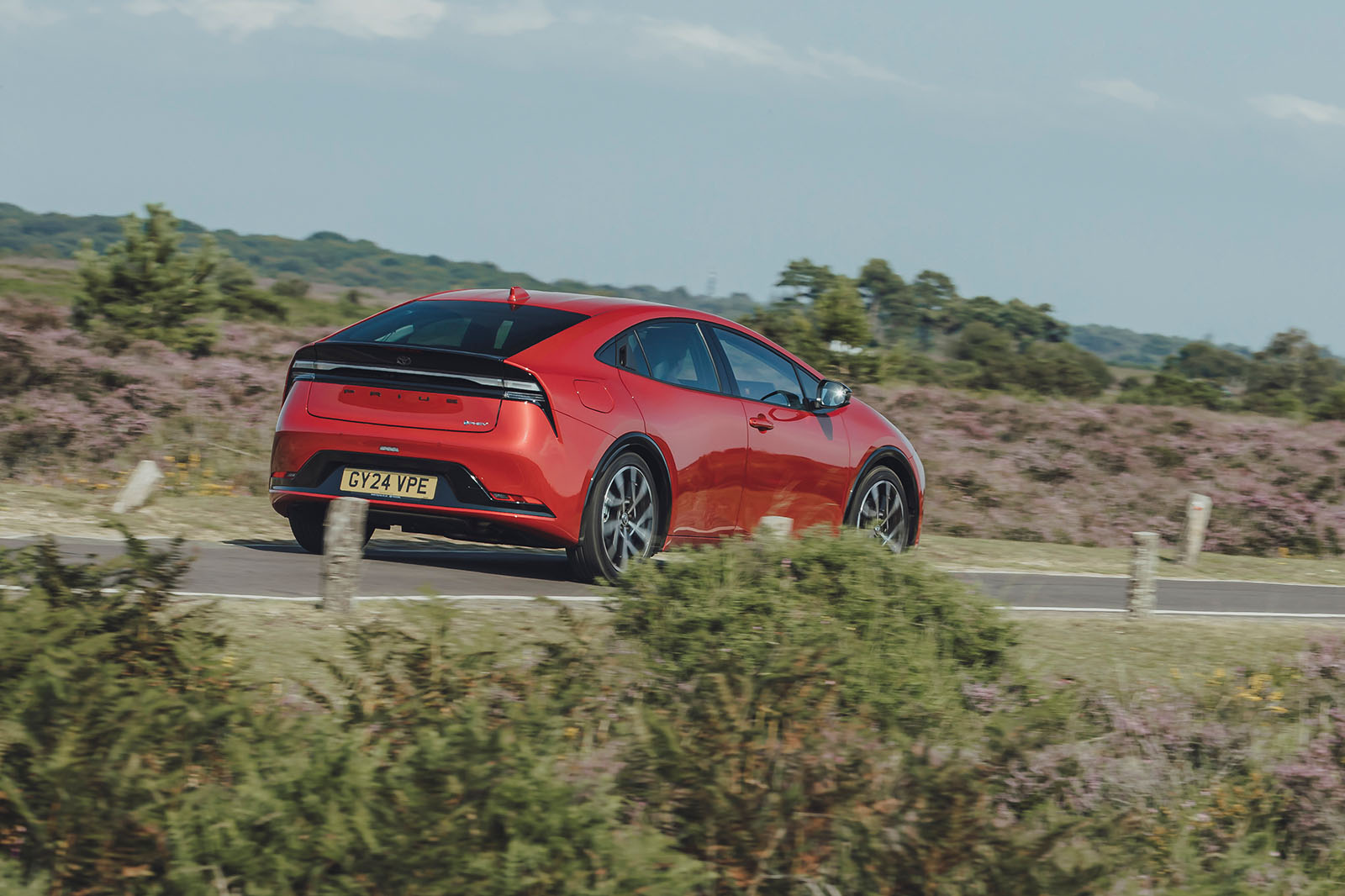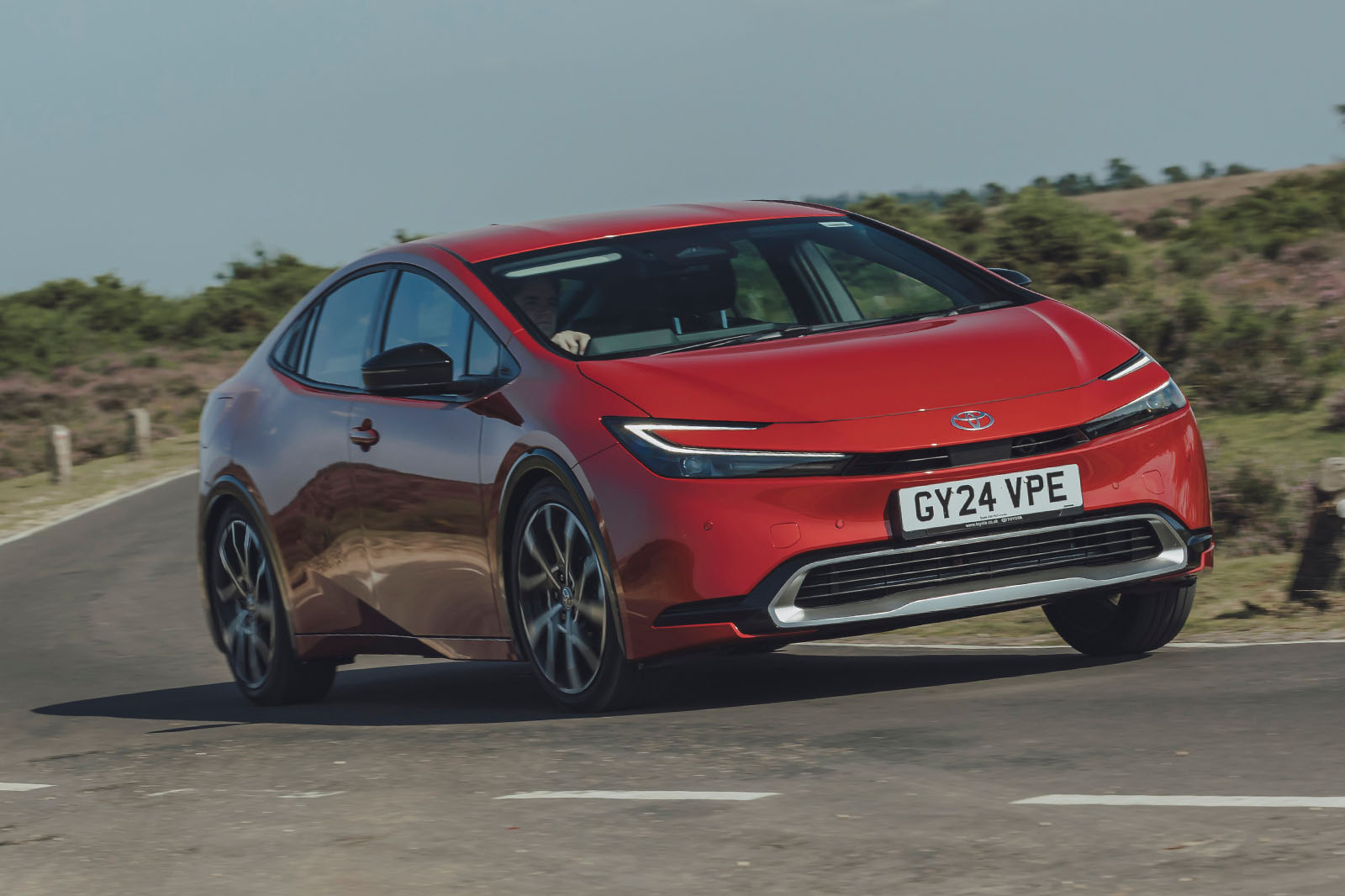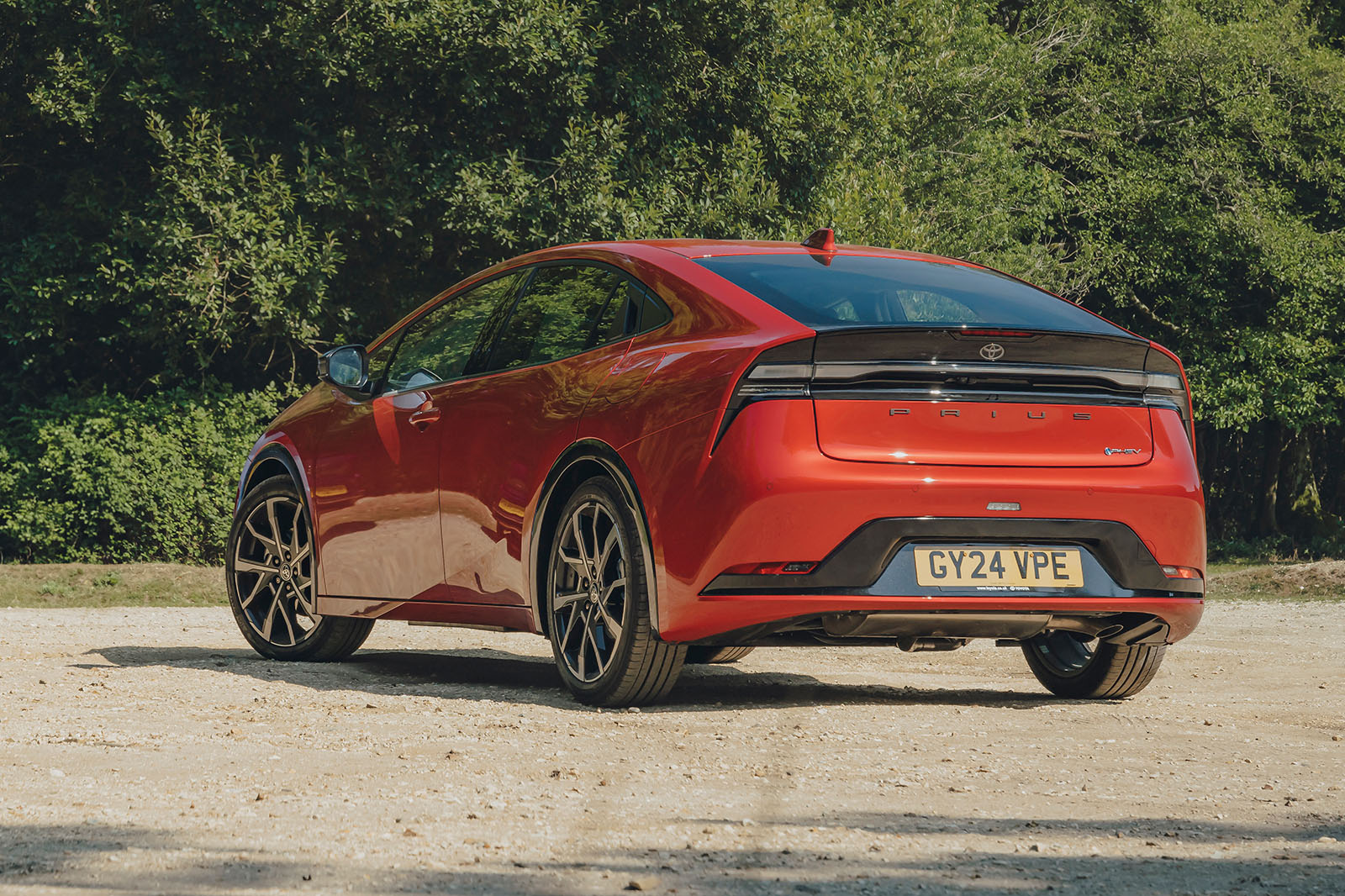It’s two years since the wraps came off the Mk5 Toyota Prius and the company told UK buyers we wouldn’t be able to buy it.
Sales of the previous model had slowed dramatically to fewer than 600 a year, as private Prius buyers had quickly migrated to the cooler-looking Toyota C-HR, while private hire buyers were being nudged towards Toyota Corolla estates – a move that suited them because it had more luggage space and that suited Toyota GB because the Corolla is British-built.
But finally here we are, and the model name that, I think it’s fair to say, got the great car-buying public used to a degree of electrification finally returns to the UK. In short, enough people wanted it.
In some markets, it's offered as a series hybrid, but in all European markets including the UK, it's a plug-in hybrid only.




